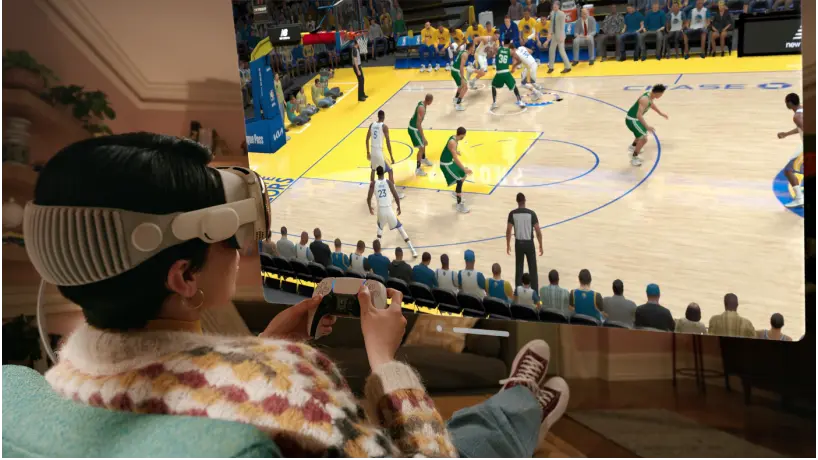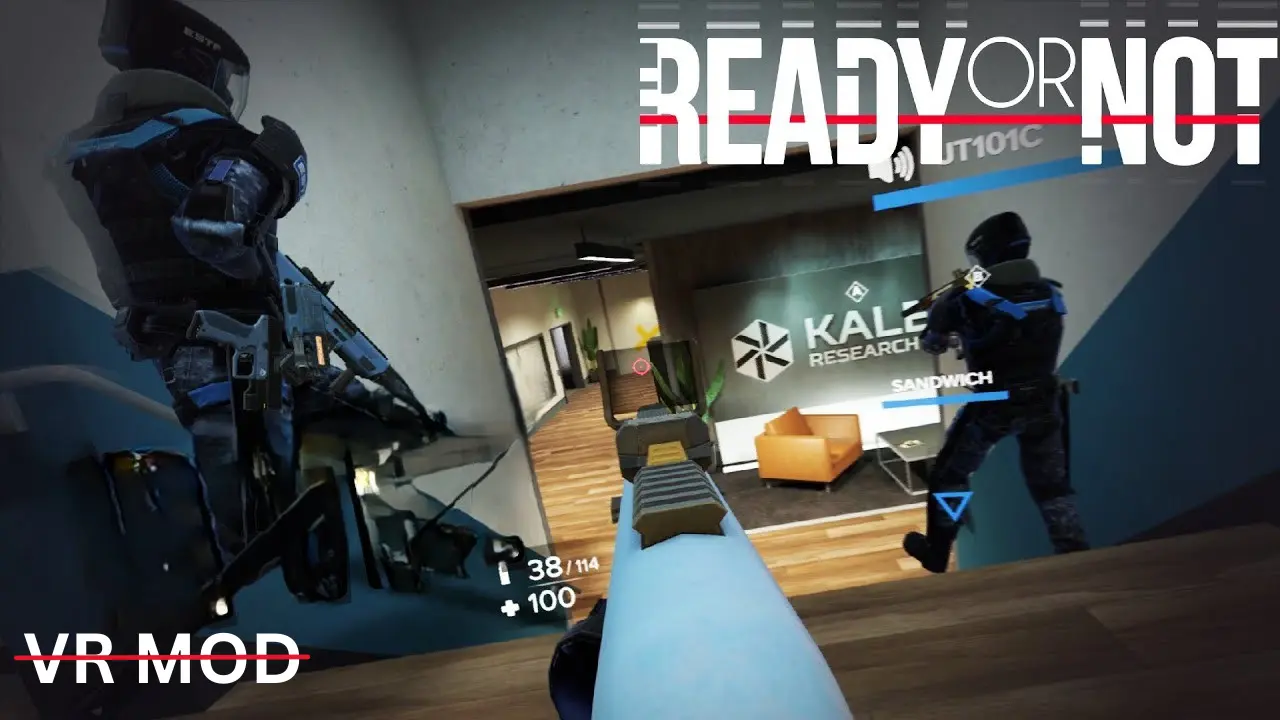Table of Contents
Passthrough is a feature in Virtual reality (VR) headsets that allow users to see their real-world surroundings without taking off the headset. Typically, when wearing a VR headset, you are fully immersed in a virtual environment, cut off from what’s happening around you.
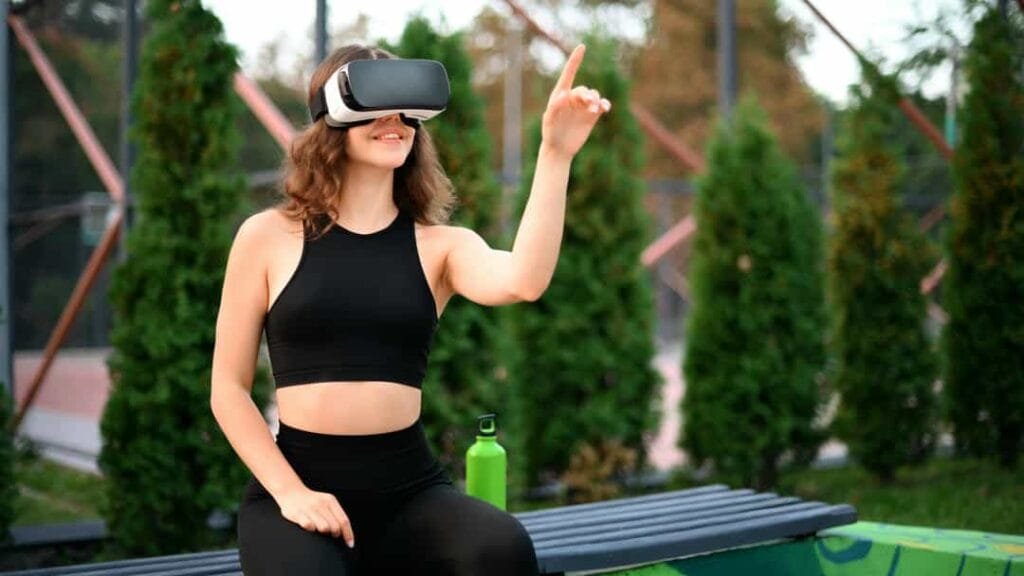
Passthrough bridges the gap by using the headset’s external cameras to capture a live practical and seamless experience, making it easier to transition between virtual and physical spaces without constantly removing the device from the head over time, passthrough has evolved from simple black and white views to high-quality full color and even 3D representations of the real world, significantly improving usability and immersion.
Tech Behind the Working of Passthrough in Virtual Reality Headsets
The passthrough feature works by utilizing built-in cameras on the VR headset to capture video footage of the surrounding environment. This captured video is processed and then displayed on the VR headset’s screen in real-time, allowing the user to see the physical space while still wearing the device.
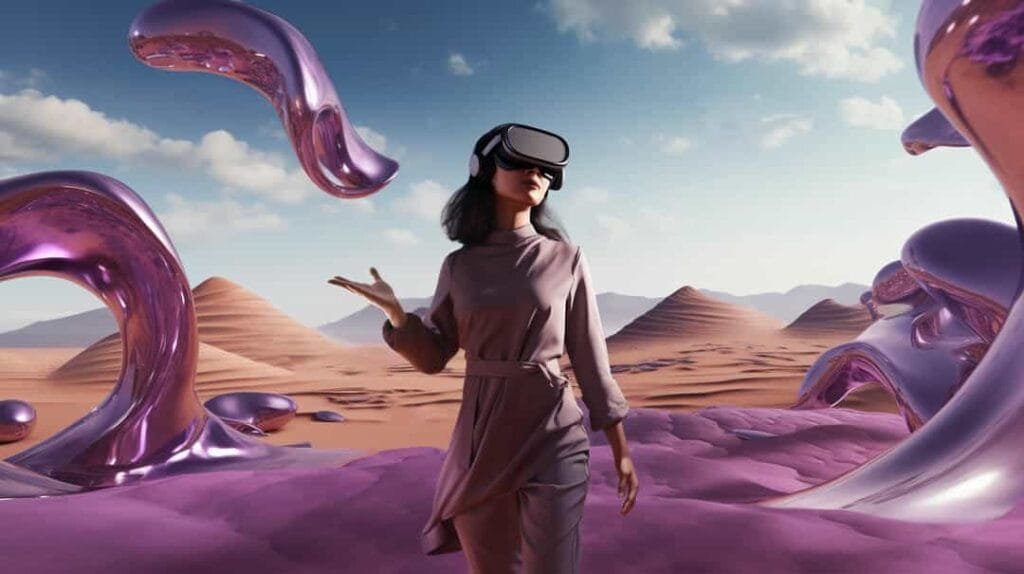
Basic passthrough implementations provide a monochrome or low-resolution view, primarily for safety and orientation purposes. More advanced versions are found in higher-end headsets, which provide full color and depth sensing capabilities, making the experience much better and cleaner and making it look and feel more natural. Some headsets also use Artificial intelligence (AI) enhancements to recognize objects, track hands, and seamlessly merge virtual elements with the real world making passthrough a core feature of the Virtual reality headsets.
Also Read:- Sony Unveils it’s XYN XR Headset Cutting edge technology for 3D Content Creation AI-powered Features
Importance of Passthrough in Virtual Reality Headsets
One of the biggest advantages of it is safety. When wearing a VR headset, the user can easily lose awareness of their surroundings, leading to accidental actions that can cause harm. To prevent this, many VR headsets include a boundary system, where users can define their play area. If they move too close to the edges, the headset will automatically switch to passthrough mode, showing them the real world and helping them avoid accidental collisions. This feature of the VR headsets makes it more practical, especially for the areas where space may be limited.
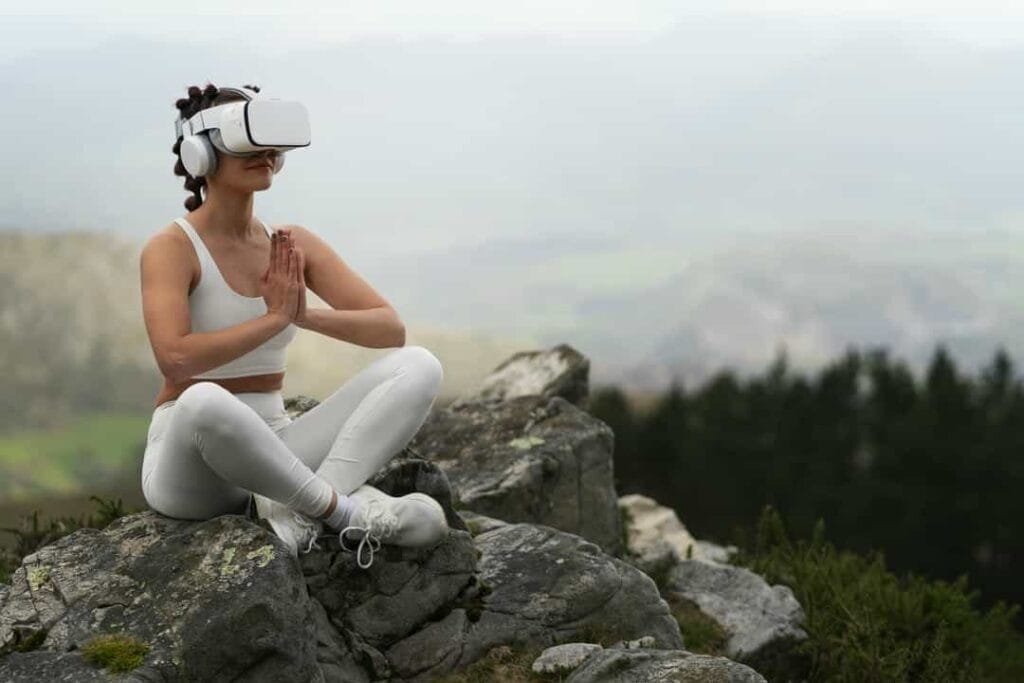
Passthrough allows users to interact with real-world objects while staying in VR, making it easier to multitask. Whether checking any activity around or performing any activity around, it provides the convenience of seeing your surroundings without having to take off the headset. Some VR headsets even enable a semi-transparent view of the real world, allowing users to keep an eye on their environment while still engaging with the virtual content.
Beyond basic safety and convenience, passthrough plays a crucial role in mixed reality (MR) experiences. Unlike traditional VR, where users are fully immersed in a digital world, MR allows virtual objects to exist alongside real-world elements. With advanced passthrough, users can place virtual screens on their physical desks, interact with augmented reality (AR) content, or even play games that integrate digital objects into their living space. This blend of real and virtual worlds creates a more immersive and interactive experience, expanding the possibilities for both entertainment and productivity.
Gesture And Motion Recognition
Hand tracking is another major advantage of passthrough. Many modern VR headsets use this technology to recognize and display users’ hands inside the virtual environment. This allows for more intuitive interactions without the need for controllers, making VR experiences feel more natural. Whether it’s manipulating 3D objects, using gestures for navigation, or engaging in training simulations, hand tracking powered by passthrough enhances realism and ease of use. This technology is particularly valuable for creative applications like virtual sculpting, architectural design, and interactive learning experiences.
Authors Corner
It is more than just a technical feature it’s a game-changer that makes virtual reality more practical, immersive, and user-friendly. By allowing users to see their real-world surroundings while staying in VR, it eliminates the need to constantly remove the headset, making interactions smoother and more convenient. Whether it’s for safety helping users avoid bumping into furniture or for practicality, like checking a phone, using a keyboard, or grabbing a controller, passthrough ensures that VR remains functional in everyday life.
Beyond that, it opens up entirely new possibilities with mixed reality, where digital objects and real-world elements merge to create seamless, interactive experiences. From gaming and entertainment to productivity and social interaction, passthrough helps make VR more accessible and intuitive for everyone. As technology advances, we can expect even higher-quality passthrough with better clarity, full-color depth, and real-time object tracking, making the transition between virtual and real worlds feel almost invisible. Ultimately, passthrough is a crucial step toward the future of virtual and augmented reality, ensuring that users stay connected to both the digital and physical worlds without compromise.



